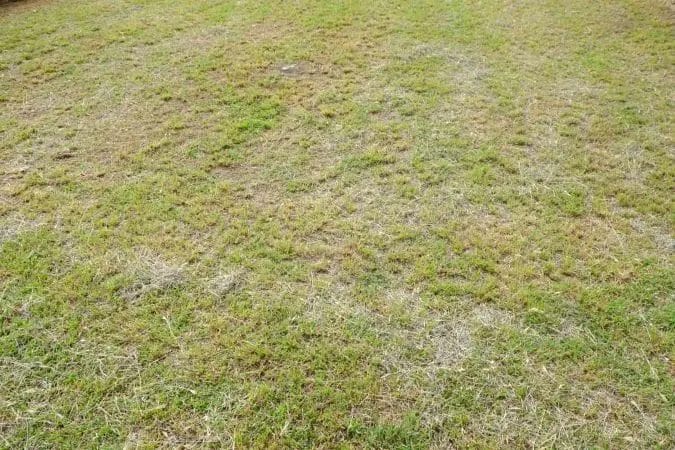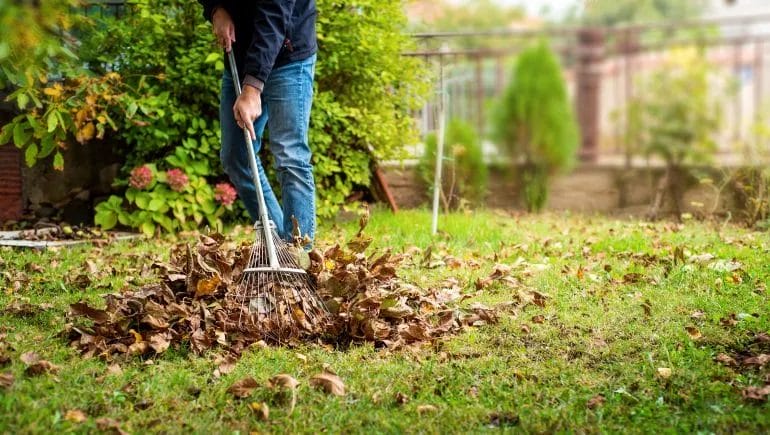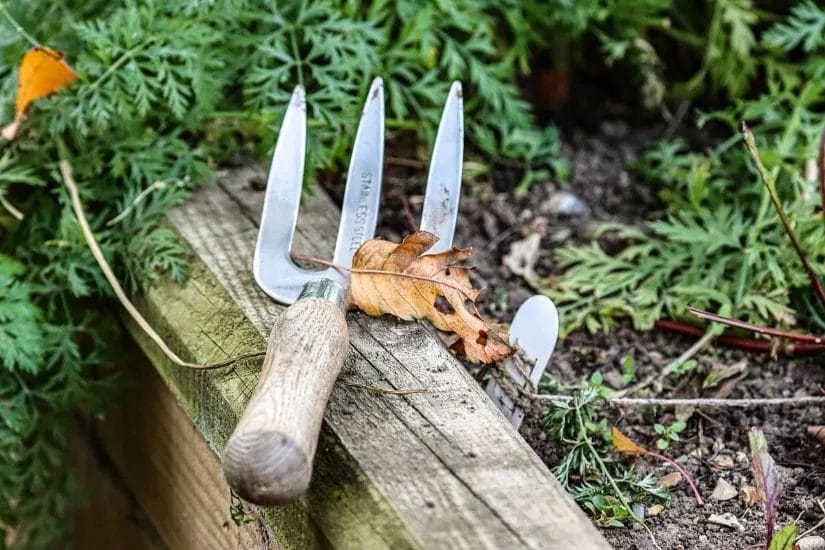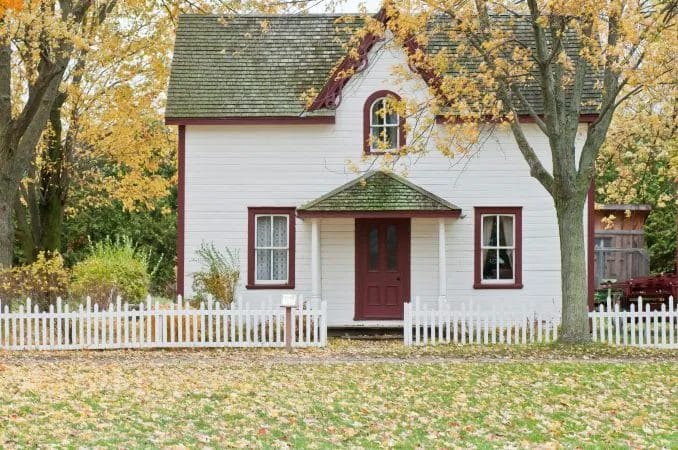
Preparation puts you in control as you winter-proof your landscape before the first snowfall; start by insulating vulnerable plants, mulching beds, pruning with confidence, protecting young trees and staking shrubs, and adjusting irrigation to prevent freeze damage. Use professional support from Smith Brothers Services, including Smith Brothers Landscape for hardscape and bed care and Smith Brothers Tree Services for pruning and cabling, so your yard stays healthy and manageable through the season.
Assessing Your Landscape
Start by mapping microclimates: note wind corridors, south-facing slopes, and areas within 10-15 feet of driveways where salt spray damages foliage. Walk each bed to check mulch depth (aim for 2-4 inches), soil moisture, and exposed roots; you can follow methods from Winter-Ready Yards: How to Protect Your Outdoor Spaces … and compare findings to past seasons. If you use contractors, have Smith Brothers Services, Smith Brothers Landscape, or Smith Brothers Tree Services review your notes for targeted fixes.
Evaluating Plant Health
Inspect for dieback, crown rot, scale and excess needle drop-more than 10% needle loss on evergreens signals a problem. Check trunk flare clearance (1-3 inches visibility) and soil compaction; aerate compacted beds and apply 2-4 inches of organic mulch to insulate roots. If you find branches with >1-inch dead wood, prune now to prevent winter limb failure and document issues for Smith Brothers Landscape to prioritize in spring.
Identifying Vulnerable Areas
Flag low spots where water pools and freezes, wind-exposed ridges, and young trees under three years that lack taper and callus formation; these are high-risk zones. Note beds within 10-15 feet of salted roads, south-west exposures prone to winter burn, and container plantings that need relocation. Photograph each site and mark priorities so Smith Brothers Tree Services can plan protective measures.
For more detail, prioritize interventions: install 3-4 foot burlap windbreaks on the prevailing-wind side of evergreens, apply anti-desiccant sprays 7-10 days before the first hard freeze, and add 3-4 inches of mulch to root zones. Move pots to sheltered, south-facing areas and create shallow berms to divert runoff from low spots. In one municipal project, Smith Brothers Tree Services reduced winter dieback from an estimated 25% to 15% across 50 trees after wrapping trunks, mulching, and erecting temporary wind screens.
Preparing Plants for Winter
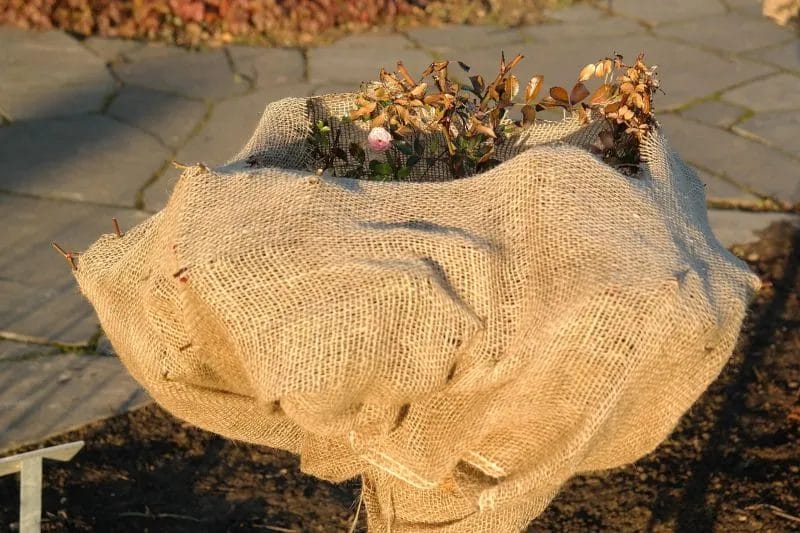
You should water deeply until the soil freezes-aim for about 1 inch per week for beds and a slow soak to wet the top 12 inches around trees-to reduce winter desiccation. Move containers into sheltered spots and wrap vulnerable trunks with breathable tree wrap. Delay fall fertilization that promotes late growth; instead apply a slow-release feed earlier in autumn. If you contract maintenance, Smith Brothers Services can schedule these tasks to align with local hardiness zones and soil conditions.
Mulching Techniques
Apply 2-4 inches of shredded bark or leaf compost over root zones after soil has cooled to insulate and moderate freeze-thaw cycles. Keep mulch 2-3 inches away from trunks to prevent rot and rodent shelter. Use a thicker 4-inch layer for newly planted perennials, and for slopes consider biodegradable erosion control mats. For large beds, Smith Brothers Landscape often layers compost under mulch to improve winter moisture retention and spring soil warming.
Pruning Guidelines
Remove dead, damaged, or crossing branches to reduce snow and ice load, but avoid heavy structural pruning in late fall; most major cuts are best made during dormancy to limit pest entry. Prune spring-flowering shrubs after bloom so you don’t lose next season’s buds. For large removals or complex crown work, call professionals-Smith Brothers Tree Services handles structural pruning to industry standards and preserves wind-firmness.
Make clean cuts just outside the branch collar at a slight angle and use the right tool: bypass pruners for stems under 3/4″, loppers for 3/4″-1.5″, and a pruning saw for larger limbs. Sanitize blades between cuts when disease is a concern using 70% isopropyl alcohol. In our experience at Smith Brothers Tree Services, removing only the deadwood and correcting one to two major structural faults per season preserves vigor while minimizing stress on specimens.
Protecting Hardscape Features

Seal joints, repair cracks and manage water to prevent freeze-thaw damage: fill gaps with polymeric sand to a 3/8″ depth (it sets in 24-48 hours), seal porous pavers every 3-5 years, and patch cracks larger than 1/8″ before the first hard freeze. If you have retaining walls or steps, confirm drainage is sloped at least 1/8″-1/4″ per foot. For professional assessment or seasonal sealing, contact Smith Brothers Services or Smith Brothers Landscape for targeted solutions.
Winterizing Patios and Walkways
Clear debris, pressure-wash and let surfaces fully dry before applying a penetrating sealer; most sealers cure in 24 hours and extend surface life by years. Avoid sodium chloride on bluestone and slate-use calcium chloride (effective to about -25°F) or sand for traction. Re-bed any loose pavers and reinstall edging to keep joints tight; Smith Brothers Landscape can perform a pre-winter inspection to prioritize repairs and recommend the right de-icing product for each material.
Caring for Garden Furniture
Clean metal, wood and wicker thoroughly, remove cushions and store them in a dry place with silica packs, and apply protective oil or rust-inhibiting paint as needed: teak benefits from two coats of teak oil with light sanding (120-220 grit) between coats, while steel should get a rust primer and topcoat. Use breathable covers anchored against wind, and elevate pieces off the ground on pallets to avoid snow melt contact; Smith Brothers Services and Smith Brothers Tree Services can help coordinate seasonal storage or on-site protection.
For deeper protection, strip old finishes on teak, apply 6-8 oz of oil per 100 sq ft per coat, and allow 24 hours drying between coats; for wrought iron, treat rust spots with a wire brush, apply phosphoric rust converter, then primer and paint. Store cushions in labeled bins and rotate fabrics yearly to extend life; commercial clients working with Smith Brothers Services often report furniture lasting 2-3 years longer after instituting these winter steps.
Managing Water Features

When temperatures dip, winterizing your water features prevents costly damage; if you have a fish pond keep at least 24-36 inches of depth so fish can hibernate and install an aerator or 100-200W de-icer to maintain a 6-8 inch open hole for gas exchange. For decorative fountains remove pumps and lower water by 6-8 inches if no fish. You can call Smith Brothers Services or Smith Brothers Landscape for pump work, and Smith Brothers Tree Services for nearby root concerns.
Draining and Covering Ponds
If your pond is fishless, drain it fully, service pumps and filters, then fit a breathable winter cover anchored with sandbags to shed wet snow; clean out 70-90% of sediment beforehand to avoid spring algae blooms. When fish are present do not drain-leave 24-36 inches of water and use an aerator or de-icer to keep a gas-exchange hole. Smith Brothers Services can perform safe pumping and Smith Brothers Landscape can install durable covers.
Preparing Fountains for Cold
Shut power to your fountain at the breaker, pull and store the pump indoors in a bucket of water to keep seals moist, then drain the basin 3-6 inches below overflow and cap lines to prevent ice expansion; wrap exposed plumbing with foam insulation and cover the basin with a breathable cover secured with straps. If you prefer, Smith Brothers Services and Smith Brothers Landscape handle winter disassembly and storage.
When removing your submersible pump, first cut power at the breaker and photograph the wiring for reinstallation, then soak the pump in a 1:1 vinegar-to-water solution for 30-60 minutes to dissolve mineral deposits before storing it at 40-70°F; clean intake screens with a 1-2 inch brush and cap plumbing with threaded plugs. Note any hairline cracks in the basin-freeze expansion can turn small fissures into leaks-and expect 45-90 minutes to winterize a 300-500 gallon fountain. Smith Brothers Services will document and store components if you hire professionals.
Soil Care and Amendments

Test and amend soil now to protect roots and improve drainage before freeze; a lab or home test tells you pH, phosphorus, potassium and organic matter percentage. You can topdress with ½-1 inch compost or add 2-3 cu ft per 100 sq ft to raise organic content, and consult this seasonal checklist 10 Things To Take Care of Before The Snow Flies while planning work with Smith Brothers Services and Smith Brothers Landscape.
Testing Soil pH
You can run a simple at‑home kit or send a 6-8 inch core sample to your county extension for detailed results; most turf and perennials prefer pH 6.0-7.0 while blueberries and rhododendrons need 4.5-5.5. Apply lime to raise pH (about 40-50 lb per 1,000 sq ft in loam to move pH ~0.5) or elemental sulfur (1-2 lb per 100 sq ft) to lower it, and plan amendments 2-3 months before consistent freezes.
Adding Organic Matter
Topdress with ½-1 inch of well‑rotted compost or leaf mold to improve structure and winter moisture buffering; sandy soils benefit most, and coarse compost helps break up heavy clay. You can have Smith Brothers Tree Services apply mulch around trees (keep 2-3 inches away from trunks) and adjust rates based on soil test results.
When you dig compost into the top 3-4 inches before the ground freezes, microbial activity slows but the physical benefits persist through winter: a 1-2% increase in organic matter can boost water retention in sandy sites by roughly 10-20% and improve tilth in clays. Use fully cured yard compost, avoid fresh manure near bulbs, and if you’re correcting compaction consider on‑site aeration before incorporating amendments; contractors like Smith Brothers Landscape often mix compost with screened topsoil at a 1:4 ratio for planting beds to ensure consistent structure and nutrient release over the cold months.
Planning for Spring

Designing a Winter Strategy
As you map beds and note vulnerable specimens, zone your yard by wind exposure, slope and salt risk to assign protections: 3 inches of mulch for roots, trunk wraps 18-36 inches for young trees, and burlap wind-screens for exposed shrubs. Schedule irrigation until the ground freezes and plan snow-removal within 24-48 hours after heavy storms to prevent branch failure; for structural pruning and bracing, consult Smith Brothers Tree Services to reduce winter losses.
Choosing Winter-Friendly Plants
Prioritize species rated for your USDA zone and local stressors: boxwood (Buxus), hollies (Ilex), dwarf spruces (Picea) and ornamental grasses tolerate cold and wind. If roadside salt is a factor, pick Viburnum or Euonymus cultivars. Space plants 3-6 feet apart for airflow, and have Smith Brothers Landscape review site-specific selections to match form and mature size.
Planting is best at least six weeks before your first hard freeze so roots establish; avoid late-season fertilization and instead apply 2-4 inches of mulch, keeping it 2 inches from stems. Choose cultivars like Ilex verticillata ‘Winterberry’ (pair male and female for fruit), Buxus ‘Green Velvet’ for compact habit, and Picea abies for heavy-snow tolerance. Pay attention to soil pH-many ornamentals prefer 6.0-7.0-and amend with compost or lime based on a test. For windbreak placement, plant evergreens on the windward side 8-12 feet from structures; when in doubt about staking, root protection, or species selection, engage Smith Brothers Services for a site assessment and planting plan.
Conclusion
Conclusively you can protect your landscape before the first snowfall by insulating vulnerable plants, mulching beds, pruning dead limbs, staking young trees, and draining irrigation; consult Smith Brothers Services for comprehensive planning, rely on Smith Brothers Landscape for hardscape and plant care, and call Smith Brothers Tree Services for safe winter pruning to safeguard your property.
